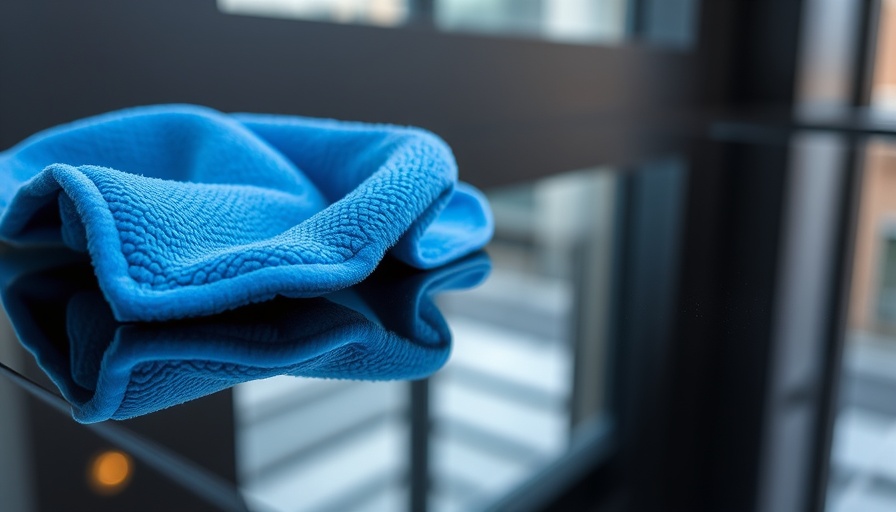
The Importance of Microfiber Towels: A Cleaning Essential
Microfiber towels have become household staples for their effectiveness and eco-friendliness. Unlike traditional towels, their unique fibers capture dirt, dust, and grime like a magnet, making them superior for all types of cleaning, from drying dishes to scrubbing car interiors. Understanding how to properly care for these versatile tools not only prolongs their life but also maximizes their cleaning capabilities.
What Makes Microfiber So Magical?
The secret behind microfibers lies in their structure. Made of tiny polyester and polyamide fibers, these towels are incredibly absorbent—capable of holding seven times their weight in water! Their split fibers create a larger surface area, enhancing their ability to trap dirt particles effectively. However, improper washing can disrupt this magic, leaving you with less-than-ideal cleaning supplies. Without the right care, they can lose their absorbency and effectiveness over time.
The Right Washing Technique: Step-by-Step
To keep your microfiber towels performing at their best, follow this foolproof washing guide:
- Separate the Colors: Just like with regular laundry, separating colored and white towels will prevent dye transfer, which can ruin the effectiveness of your microfiber.
- Use the Correct Detergent: Opt for a mild detergent without additives. Scented or fabric-softener-enhanced detergents can coat the fibers, reducing their efficacy.
- Washer Settings Matter: Wash on a warm cycle; hot water can damage the fibers over time, while cool water may not clean them thoroughly.
- Avoid Bleach and Conditioners: These products can break down the fibers and their ability to absorb effectively.
- Drying Tips: Air drying is ideal; however, if using a dryer, set it on low heat. High temperatures can melt the fibers.
Your Microfiber Towels: Get the Most Out of Them
When maintained properly, microfiber towels can last for years, serving various functions throughout your home. From detailing your vehicle to shining kitchen surfaces, these towels are incredibly versatile. Periodic washes, with care taken to follow the correct process, can preserve their effectiveness, saving you money and reducing waste.
Common Myths About Microfiber Care
There’s a lot of misinformation concerning how to wash and care for microfiber towels. Here are a couple of myths debunked:
- Myth 1: Microfiber towels can be washed with regular laundry. Fact: This can lead to lint and residue buildup that diminishes their cleaning power.
- Myth 2: You can use any detergent. Fact: Harsh detergents and additives can coat the fibers and ruin them. Stick to gentle, additive-free options.
Future Thoughts on Eco-Friendly Cleaning
As concerns about sustainability grow, using towels like microfiber that promote reusability and waste reduction is increasingly vital. Cleaning is an essential chore, but it doesn’t have to come at the expense of our planet. By properly maintaining microfiber towels, we can extend their lifecycle while contributing to a more sustainable future.
Understanding the proper care of microfiber towels is crucial for maintaining their magical cleaning properties. With a little knowledge and adherence to these guidelines, you'll ensure your cleaning routines are both effective and eco-friendly. So go ahead, grab those microfiber towels with confidence, and let them work their magic!
 Add Row
Add Row  Add
Add 



Write A Comment